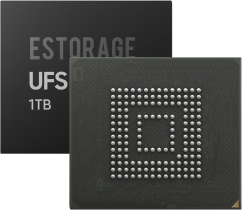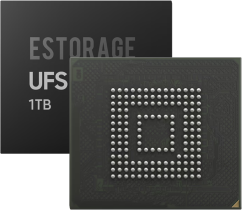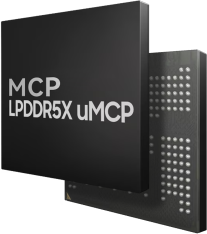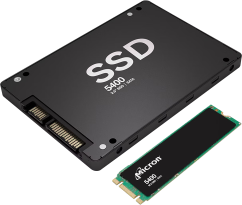Product description
The MT2625DPA is a highly integrated SoC that combines processing power, connectivity, and security into a single chip. It is designed for IoT devices that need to connect to the internet and other devices while consuming minimal power. It is suitable for a wide range of applications in the smart home, wearables, healthcare, and industrial IoT markets.
4G LTE Connectivity:
One of the key strengths of the MT2625DPA is its integrated 4G LTE modem, offering Cat-4 speeds for fast mobile communication. This is crucial for IoT devices that need continuous connectivity but are located in areas without Wi-Fi access. The chip's 4G LTE connectivity ensures that smart devices, whether they are wearables, smart meters, or remote sensors, can maintain reliable data communication across long distances.
Low Power Consumption:
With battery-powered IoT devices becoming more widespread, the MT2625DPA is optimized for power efficiency. Its energy-efficient design enables extended battery life, which is essential for devices like wearables, health trackers, and environmental sensors that may need to operate for extended periods without charging. This efficiency also helps reduce the operational costs of devices in large-scale IoT deployments.
AI Integration:
The MT2625DPA features integrated AI capabilities, enabling devices to perform tasks such as voice recognition, gesture detection, and real-time data analysis. This makes the chip ideal for applications where local intelligence is needed, such as smart assistants, home automation systems, and intelligent health monitors. With the ability to process data directly on the device, the chip reduces latency and enhances privacy by not needing to send sensitive data to the cloud for analysis.
Security:
Security is a major concern in IoT applications, and the MT2625DPA addresses this with several built-in security features. Secure Boot ensures that only authorized firmware is executed on the device, preventing the installation of malicious software. The Trusted Execution Environment (TEE) allows sensitive data to be processed securely within the chip, protecting user information. The Hardware Root of Trust guarantees the authenticity of the device and ensures secure communications, which is particularly important for industrial and healthcare applications.
Multimedia Support:
For IoT devices that require audio functionality, the MT2625DPA supports speech recognition and audio playback, making it a suitable choice for voice-activated devices such as smart speakers, voice assistants, and connected home appliances. This capability enhances the user experience by enabling devices to respond to voice commands or provide audio feedback.
Specification parameters
CPU:
ARM-based processor with energy-efficient design for IoT applications.
Multi-core architecture for handling various tasks efficiently.
4G LTE Modem:
LTE Cat-4 support for fast mobile internet, ideal for remote IoT devices.
Supports data and voice communication for mobile-enabled IoT solutions.
Connectivity:
Wi-Fi (802.11 b/g/n) support for wireless LAN connections.
Bluetooth 4.2 for low-energy communication between devices.
GNSS (Global Navigation Satellite System) support for location-based services.
AI Capabilities:
Integrated hardware to accelerate AI tasks such as voice recognition, sensor data analysis, and machine learning.
Security:
Secure Boot to prevent unauthorized firmware loading.
TEE (Trusted Execution Environment) for secure processing of sensitive data.
Hardware Root of Trust to guarantee device integrity and secure communication.
Multimedia:
Audio support for speech recognition, speech synthesis, and audio playback.
Suitable for voice assistants and devices with multimedia interaction.
Memory:
Supports LPDDR2/LPDDR3 memory for smooth data handling.
External memory support (eMMC or SD) for large data storage requirements.
Power Efficiency:
Optimized for low power, suitable for battery-operated devices that require long operational time.
Package:
Available in compact packages to fit into a variety of IoT devices, including wearables and smart sensors.





